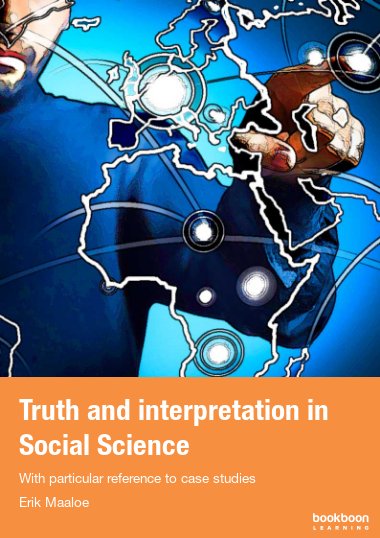Book 1 & 2 are an illustrated history-conscious discussion of an array of different explanatory, interpretative approaches to social research as well in the understanding mode, mainly with case research as its base. The presentation refer to a lot of examples and is unique as the three approaches are presented as a whole rather than as competing, mutually exclusive.
Book 1 introduces truth and validity as multi-dimensional concepts. While we have more to talk about then we have words for, we often use words to create images of the world that may have no real reference. Even something has a name does not entail real existence. Reference to analytical generalizations and thus “how to generalize from a single case.
Modes of interpretation, reference, expressivity, effect and translation. Negative practises of interpretation as well as interpretation according to span, level and self-awareness, exaggeration and simplification and finally the serious fun of a playful more positive approach.

